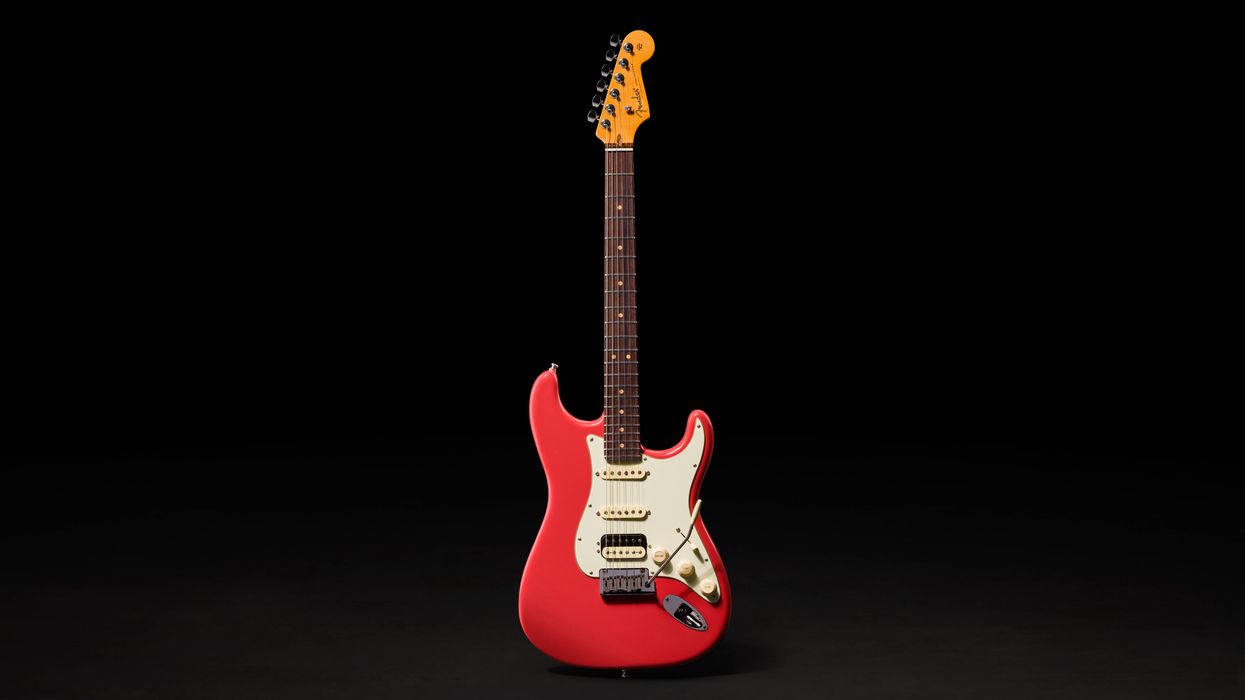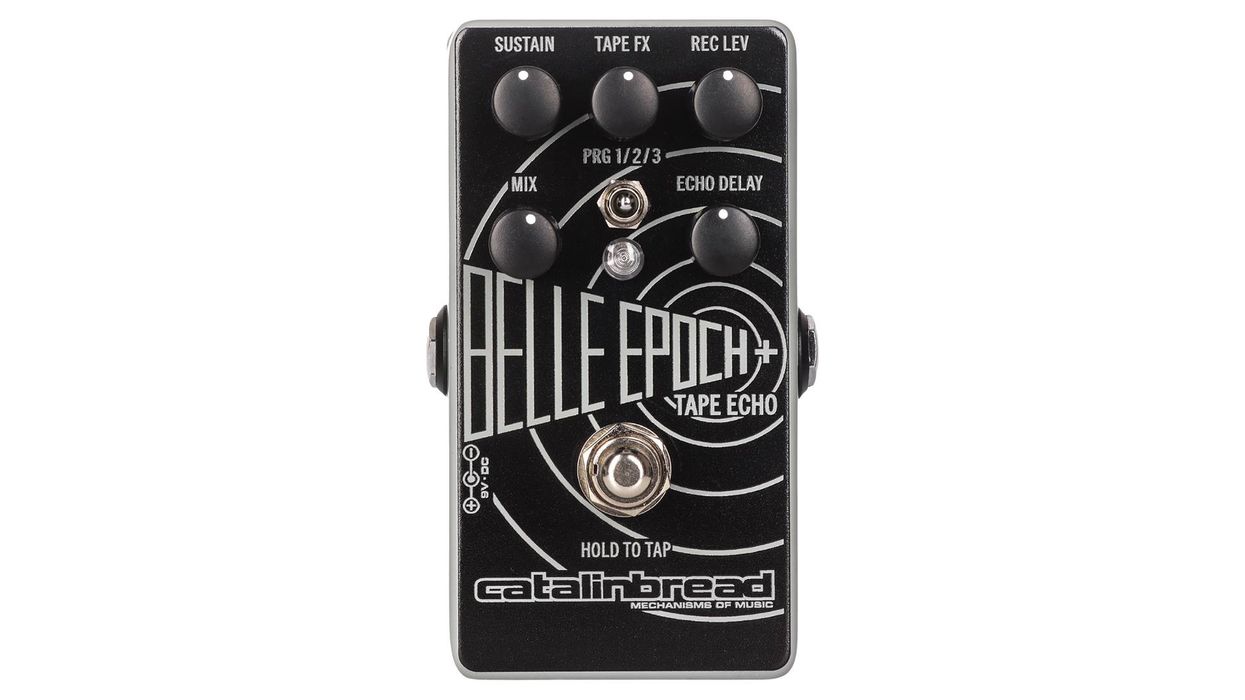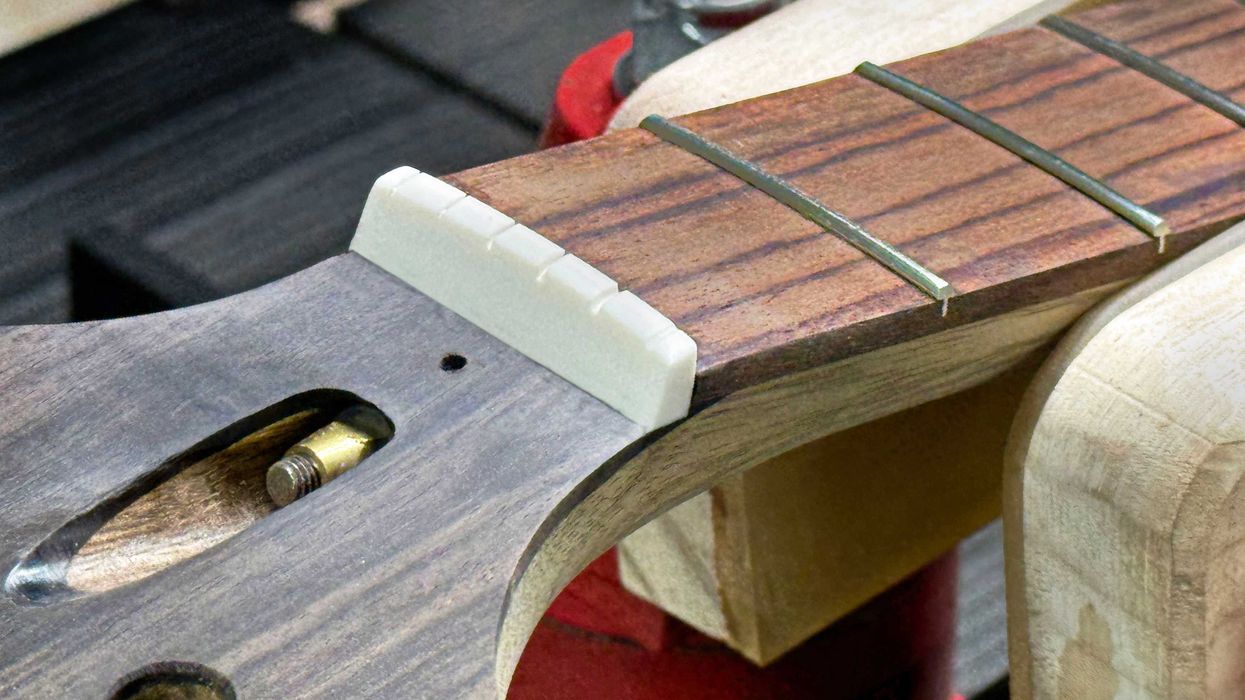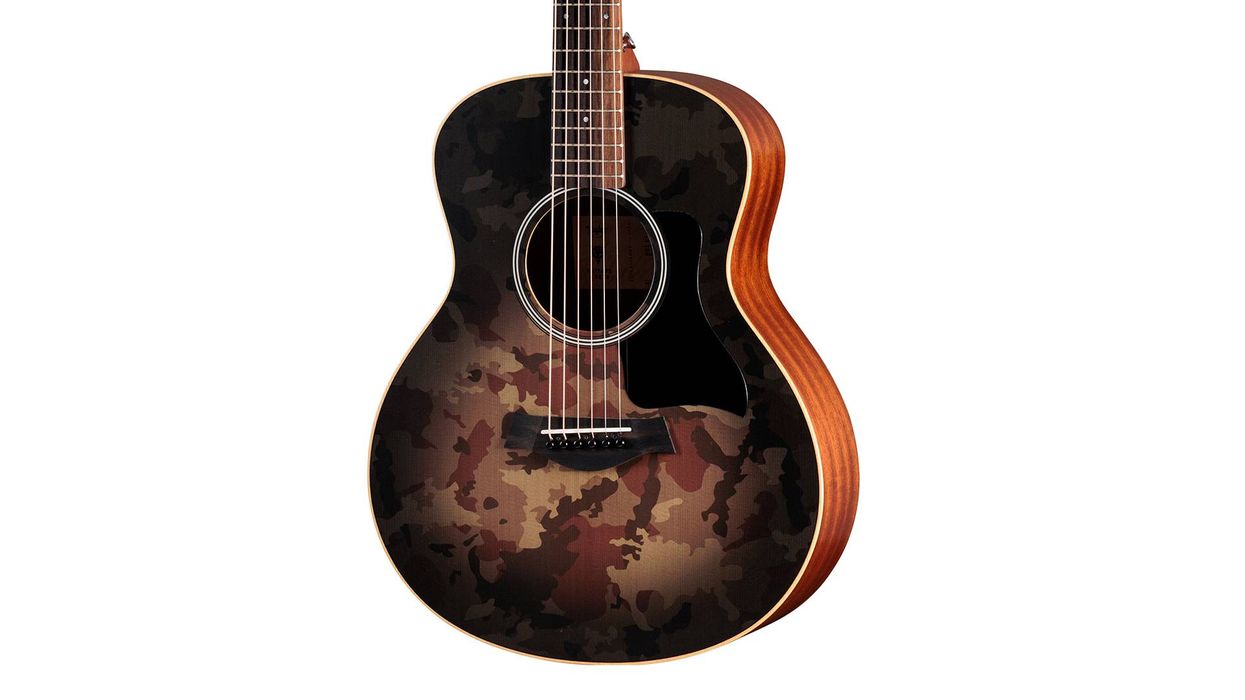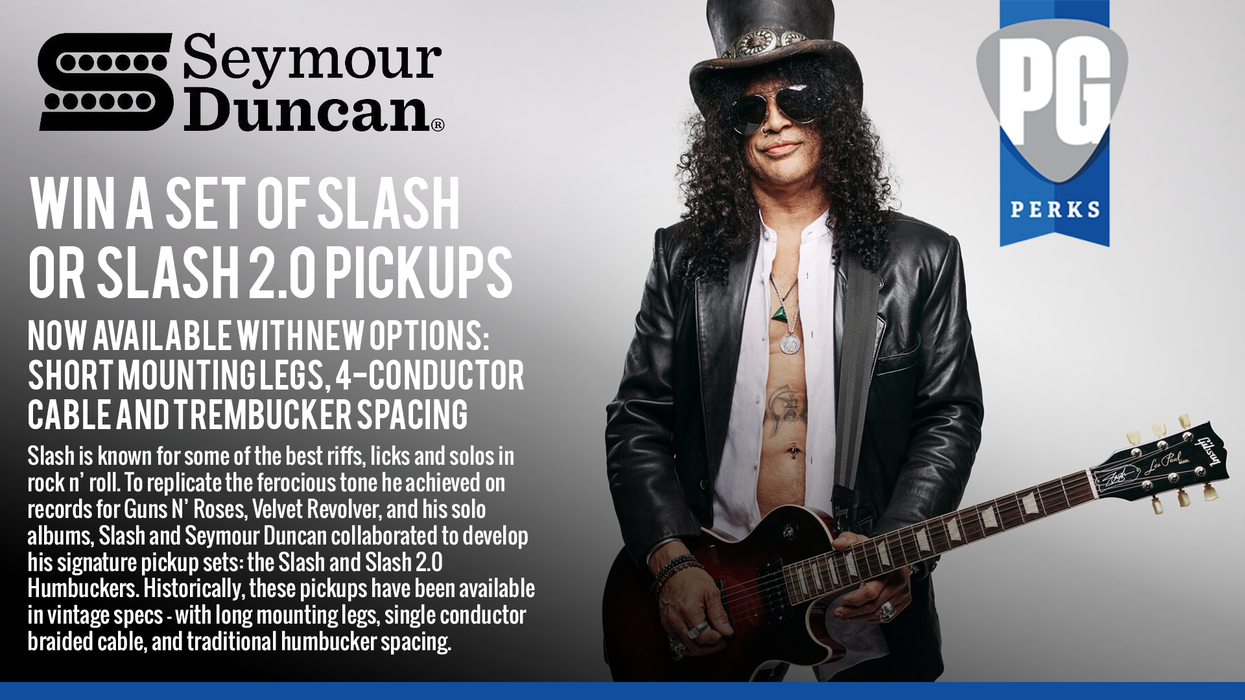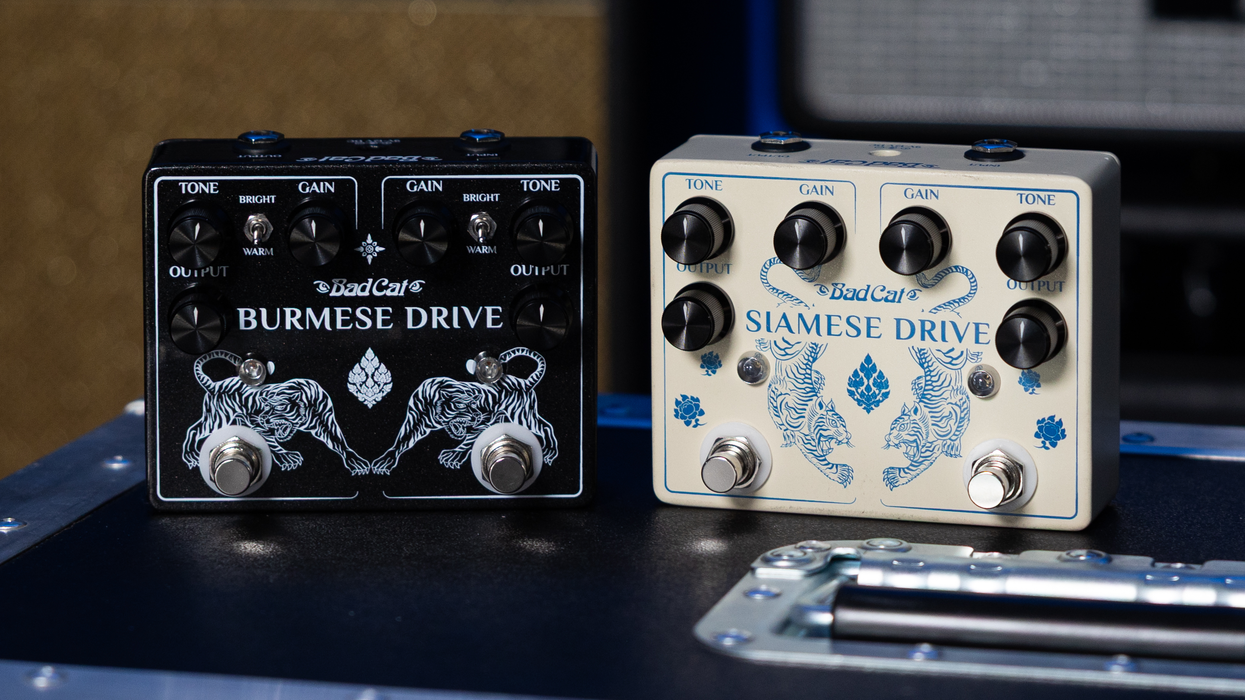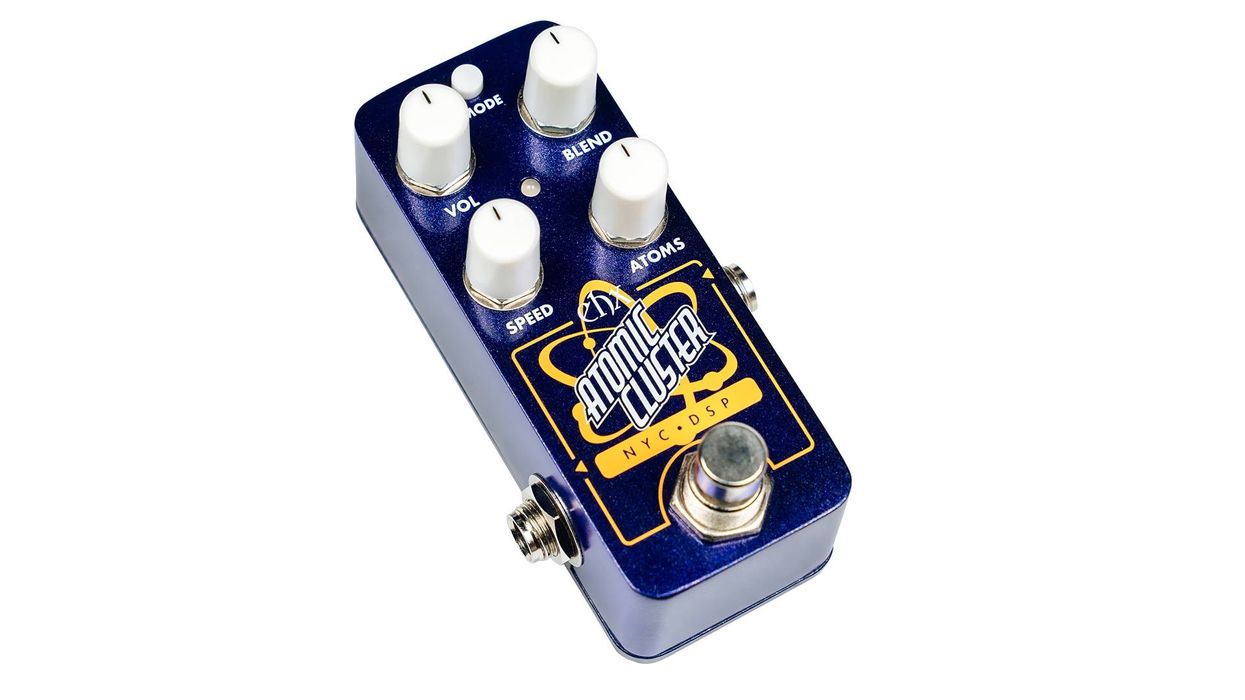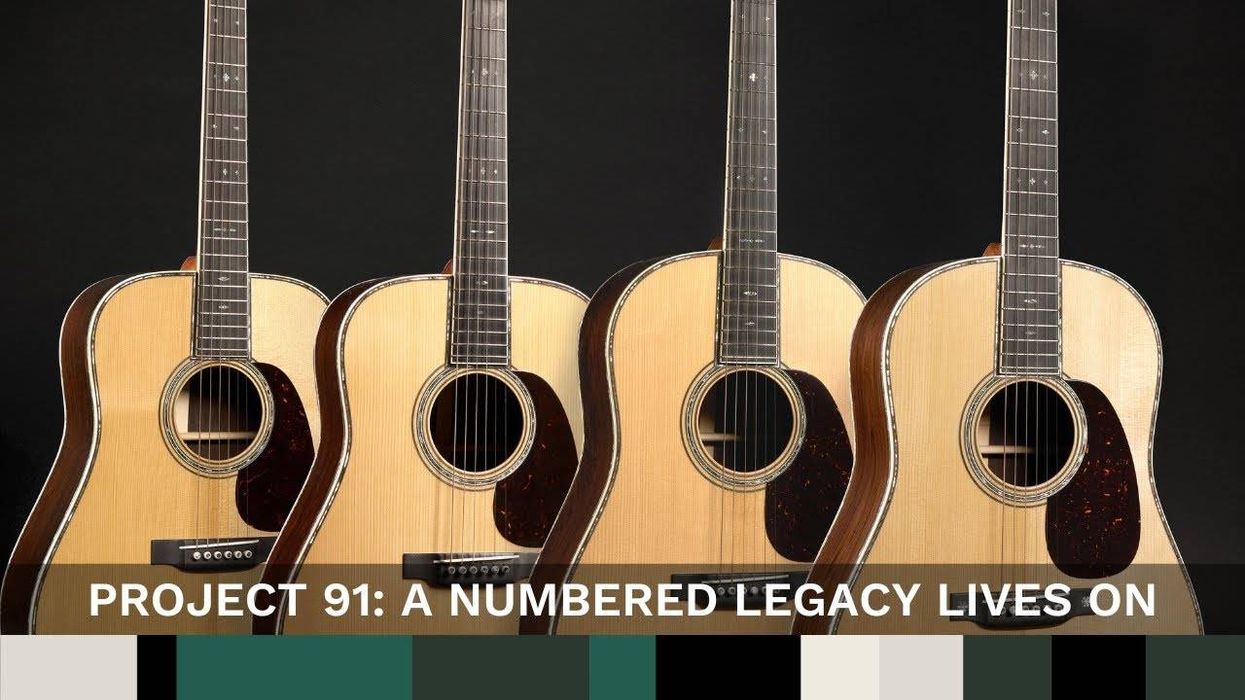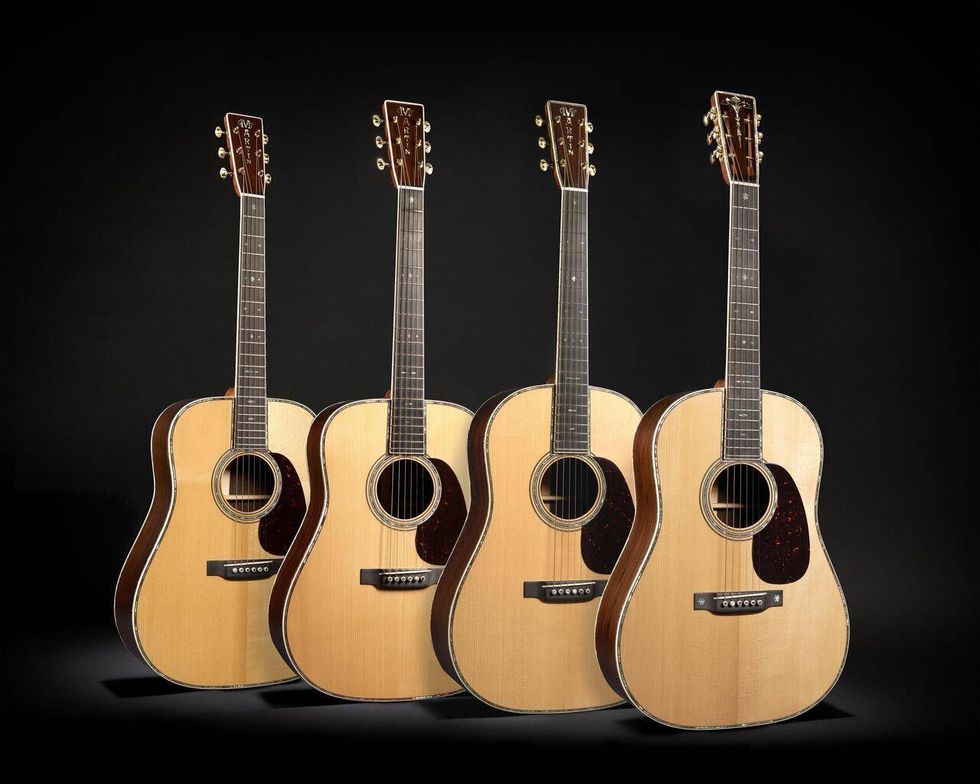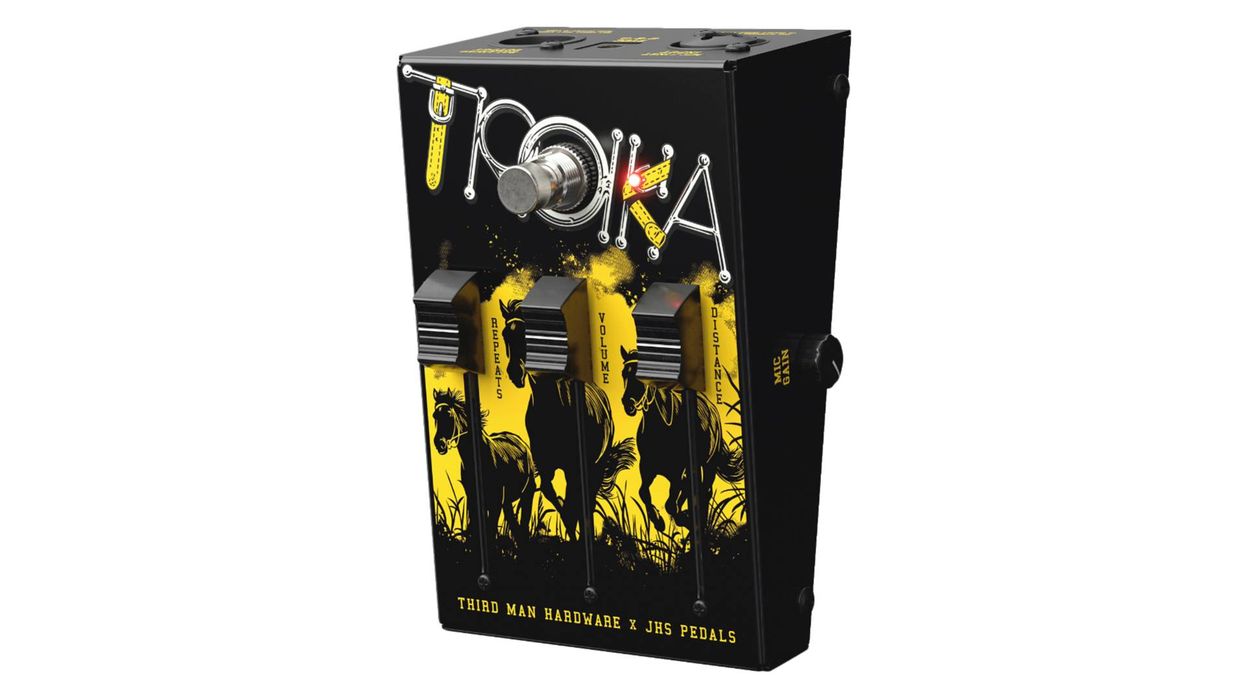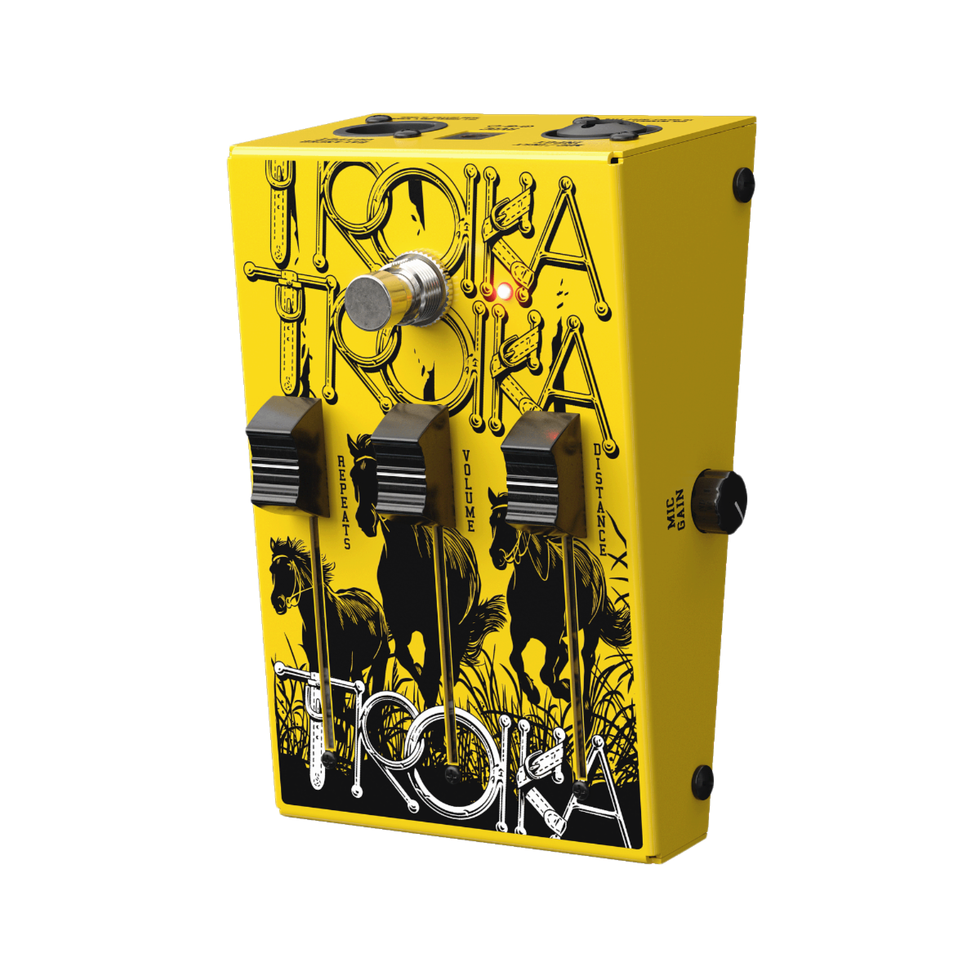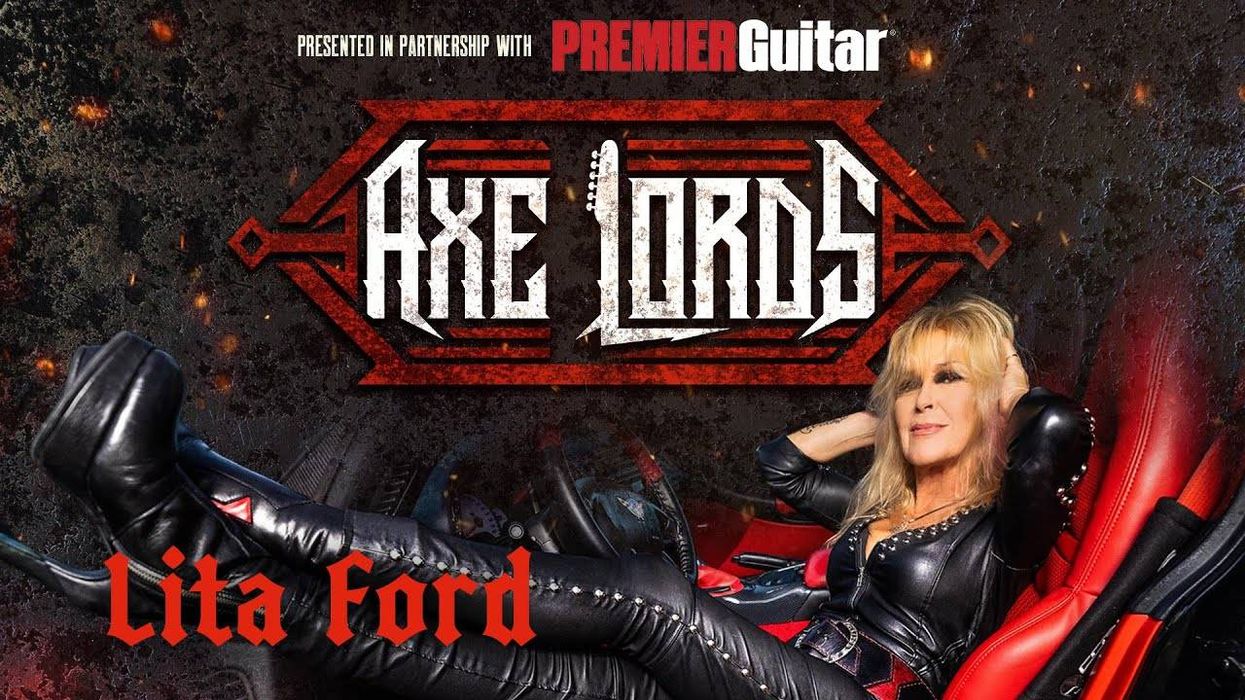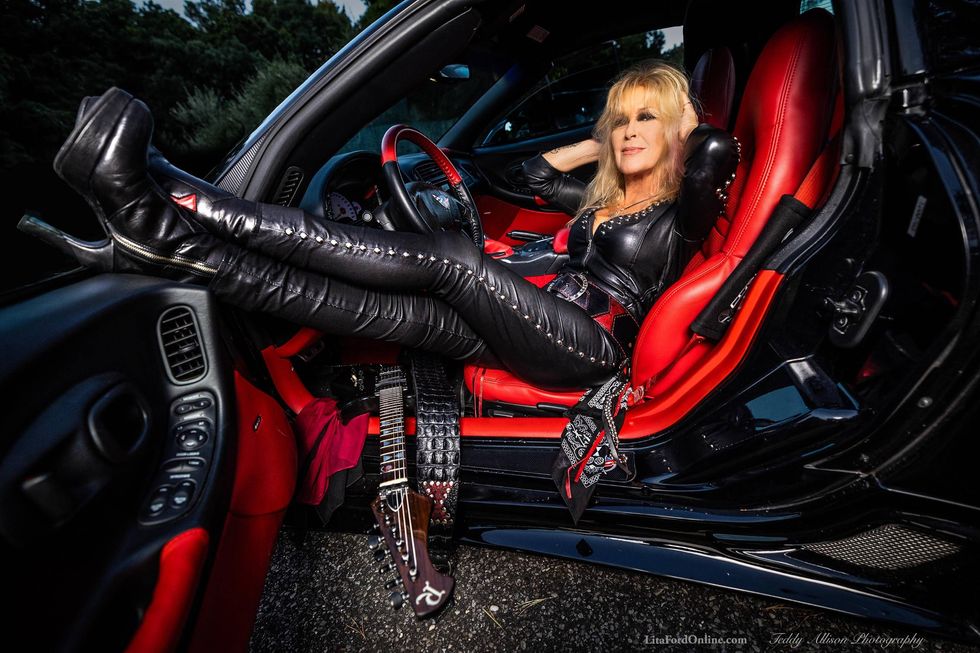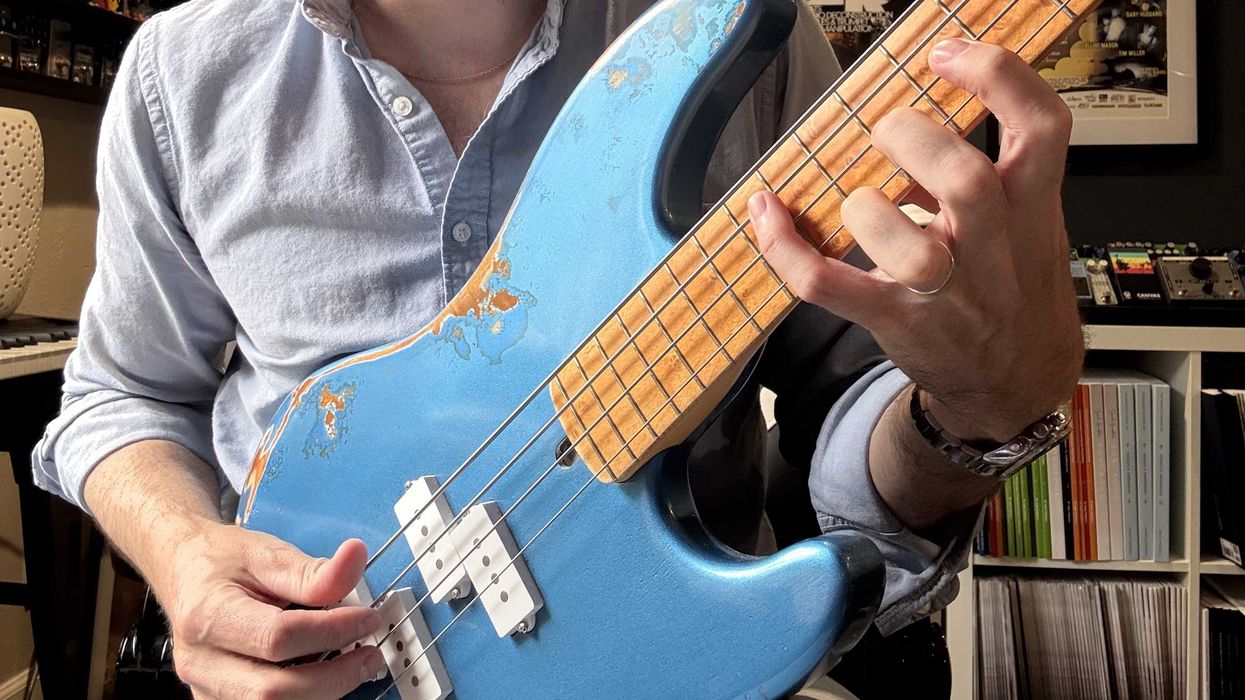This month I spoke with Aleksander Niemand from Tubewonder about amp design and speaker selection. 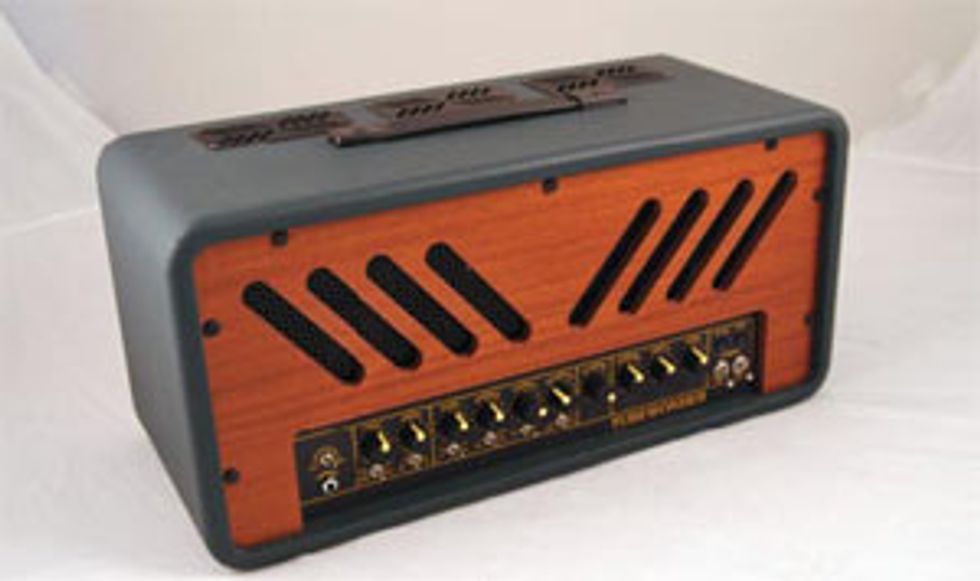
My number one rule is “thou shall not copy or clone.” To avoid this, one must be familiar with all the classics. The creative process starts with an “aural vision” and lots of time with paper and a pencil. A number of circuit ideas are computer simulated before even turning on my soldering iron. Then, a physical prototype is built and verified against simulated results. After that, my testers play the amp. They’re good players with great ears that cover a wide range of musical styles. They’re very critical and give me honest assessments, and it usually takes a few iterations before the amp is approved.
We target a niche of musicians who have matured beyond the standard tone palette offered by classic amps. These musicians desire to create their own tone with as little outboard hardware as possible. I think our slogan “Free Your Tone” says it adequately.
Do you aspire to create a specific tone when designing a Tubewonder amp?
If by “specific tone” you mean a certain player’s tone or an iconic amp’s tone, then no. My goal is to offer a versatile and playable basic tone that’s easily adjusted by the guitarist. But there’s a paradoxical situation; a guitarist trying a new amplifier initially wants to hear familiar tones. My amps are therefore voiced so that with all controls at noon, several distinct and familiar timbres are achieved just by operating the footswitch. What’s necessary from the beginning are great, loud, bell-like cleans that brings out the strings and wood. Then all varieties of distortion, sustain, etc. can be dialed to a player’s preference.
What role does the speaker play in your overall Tubewonder tone?
The speaker is extremely important! Its influence on final tone cannot be emphasized enough. It transforms the electrical signal into mechanical vibration and colors the sound much more than changing tube brand or types of coupling capacitors in the amp.
Do you design the amp around the speaker or design the amp and find a speaker that compliments it?
I look at the player, guitar, amp and speaker as a system. No one designs a race car around a particular tire – the driver, car body, engine and tires are a system that must be optimized for maximum performance. Once on the road, the control is in the driver’s hands and feet. The same philosophy applies to amps and speakers as parts of a system. The speaker and cab must also match sonically. The materials, size, construction methods and shape of the cab all influence tone. I’ve found that some speakers sound better in certain configurations and not so good in others (1x12 versus 2x12 versus 4x12).
How do you go about finding the right speaker?
I study data sheets. They’re a good starting point and help narrow the choices. Reviews by pros and inside information from manufacturers are also valuable tools. When creating an amp and testing various circuit blocks I use my test speaker. It’s an older Eminence Legend 122 mounted in a closed, 25 liter enclosure made from a round waste bin. If the amp sounds good with this contraption, then we test with “real” speaker cabs. Factors to consider are power, sensitivity, size, weight and price. In the end, the sound says yes or no.
Do you prefer custom designed or off-theshelf speakers, and why?
We are a small volume custom shop, so we typically look for off-the-shelf speakers. With so many available, it would require something very special to justify a custom speaker. If I need a specific cone shape or power/efficiency combination, then custom might be necessary.
How do you decide the power of the amp and what role does the power of the speaker play?
A 30-watt amp doesn’t cost that much less than a 50-watt or 100-watt in materials. The cost is in labor. Output power is dictated by customers’ needs. Speaker power handling is dictated by amp power and certain tone expectations. I prefer speakers capable of handling at least twice the amp power, but may choose speakers with different break-up behavior. Speaker sensitivity is also considered. A 40-watt amp can stand its own ground against a 100-watt by proper choice of speaker SPL (98dB versus 102dB is a lot).
You are not a player. Do you see this as a limiting factor?
I believe it allows me to concentrate on the amp from a wider perspective. If I were a guitarist, my own playing style and preferences may bias me. I feel I’m more open to criticism and customer requirements and that I listen more objectively. Let’s not forget, Leo Fender and Jim Marshall couldn’t play either. My father had a fear of flying, yet he designed turbines for jet engines. I’d like to think I’m in pretty good company.
For more information on Tubewonder, please visit anacon-tech.com or see our review of their Harmonic Control Amplifier on page 122.
Anthony “Big Tony” Lucas
is a guitarist and Senior Lab Technician at Eminence Speaker LLC, where he specializes in guitar-speaker design and customer support. Big Tony has been with Eminence for over 10 years and is responsible for many well-known guitar speaker designs.


